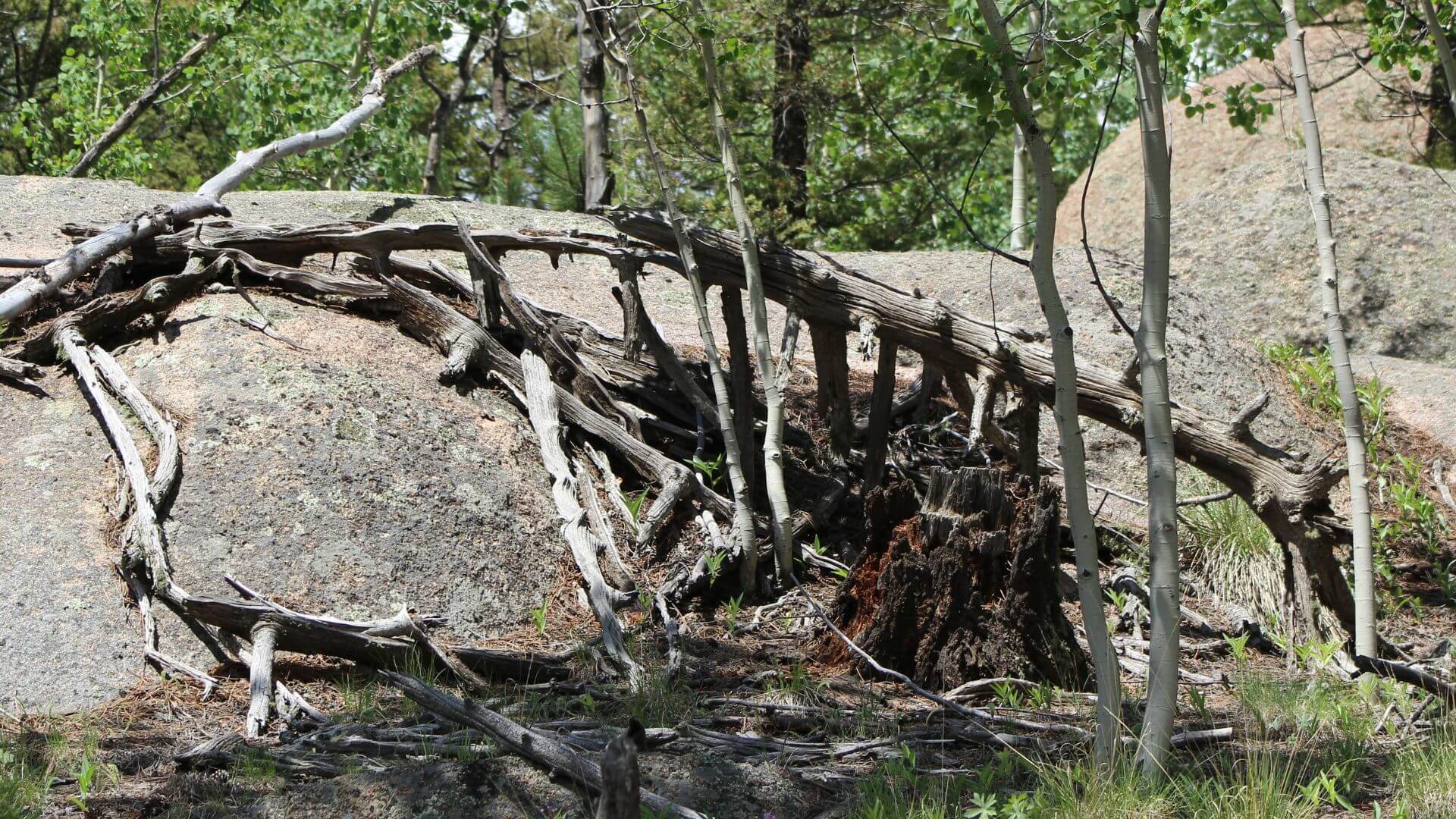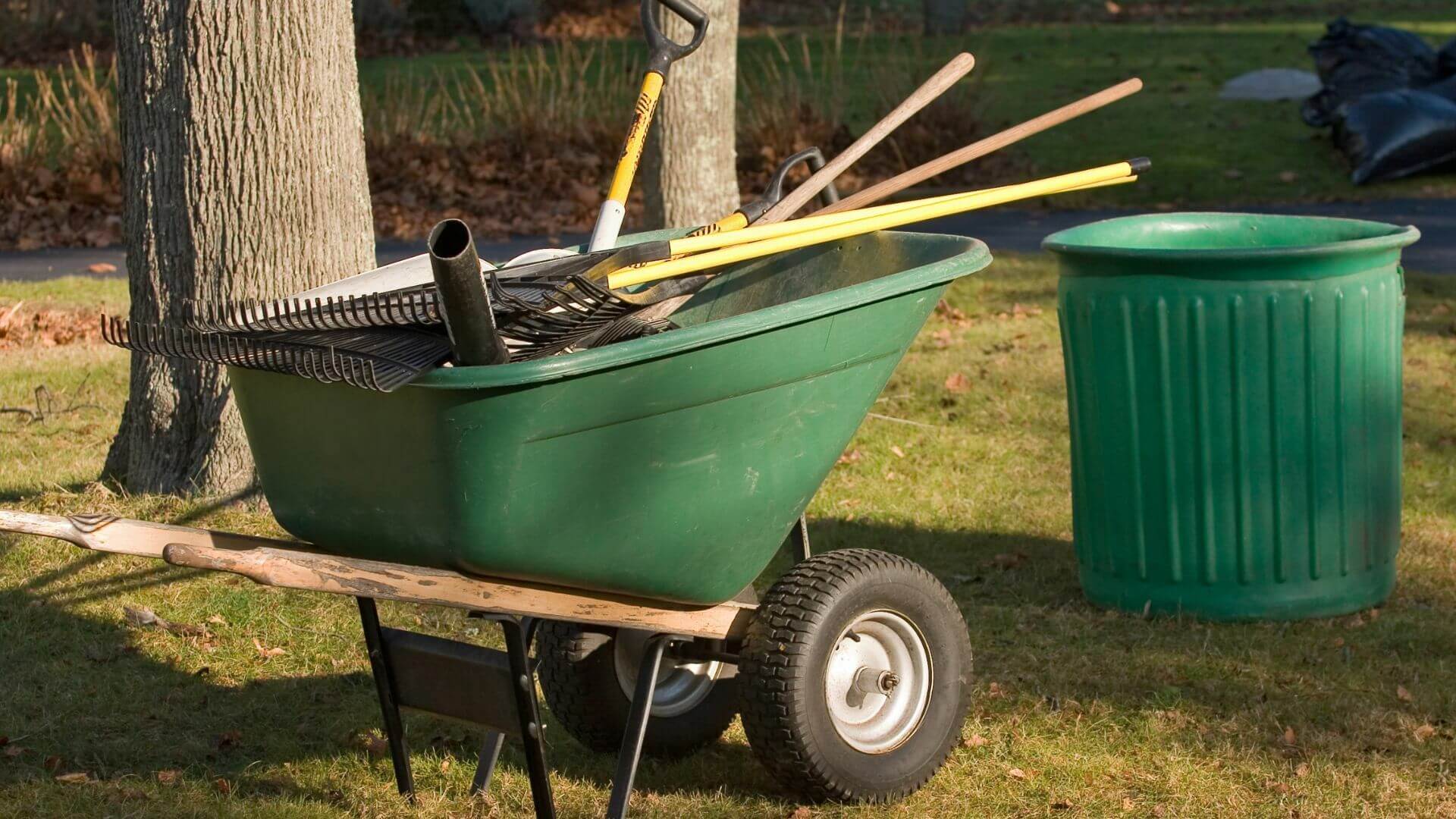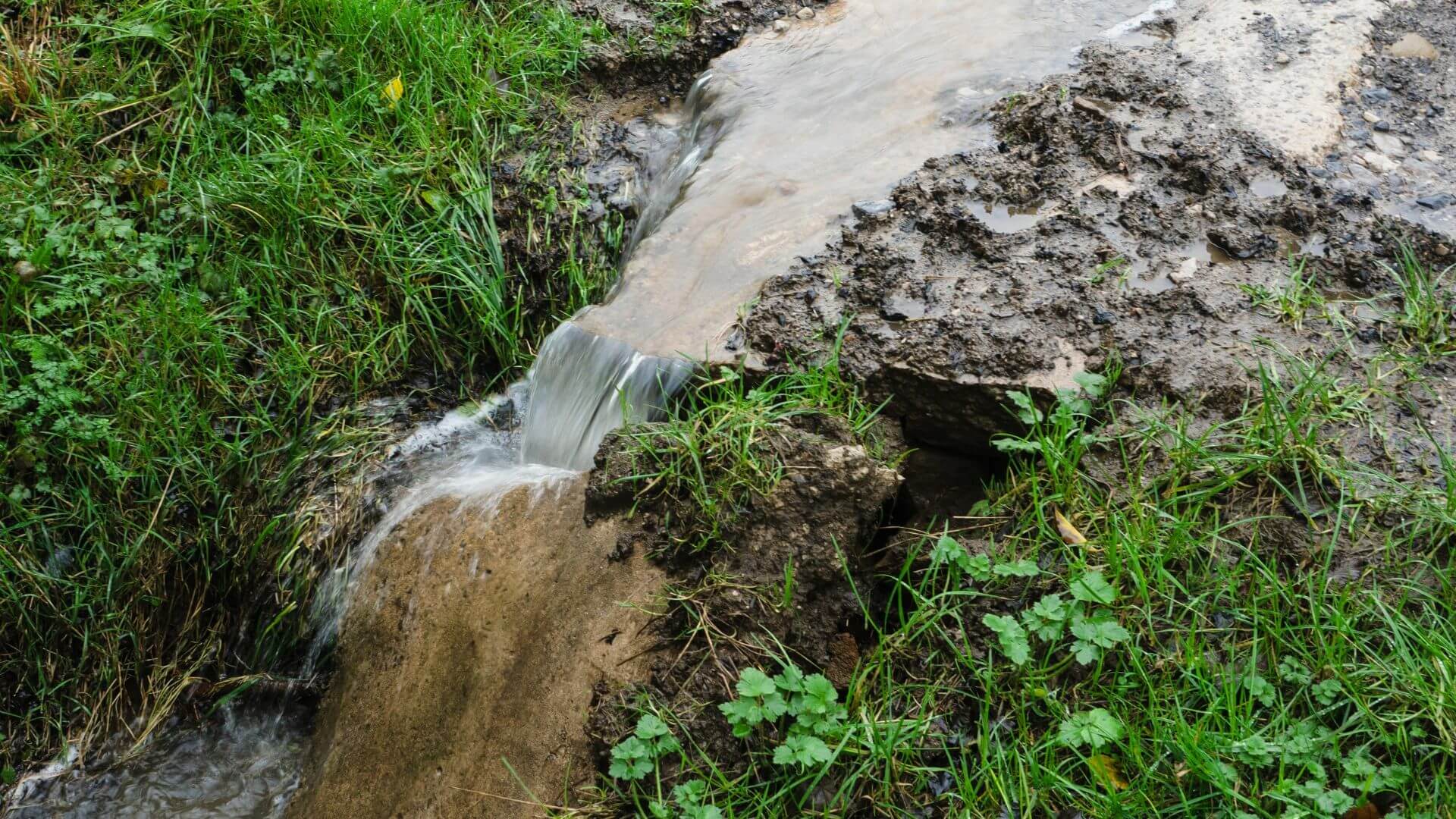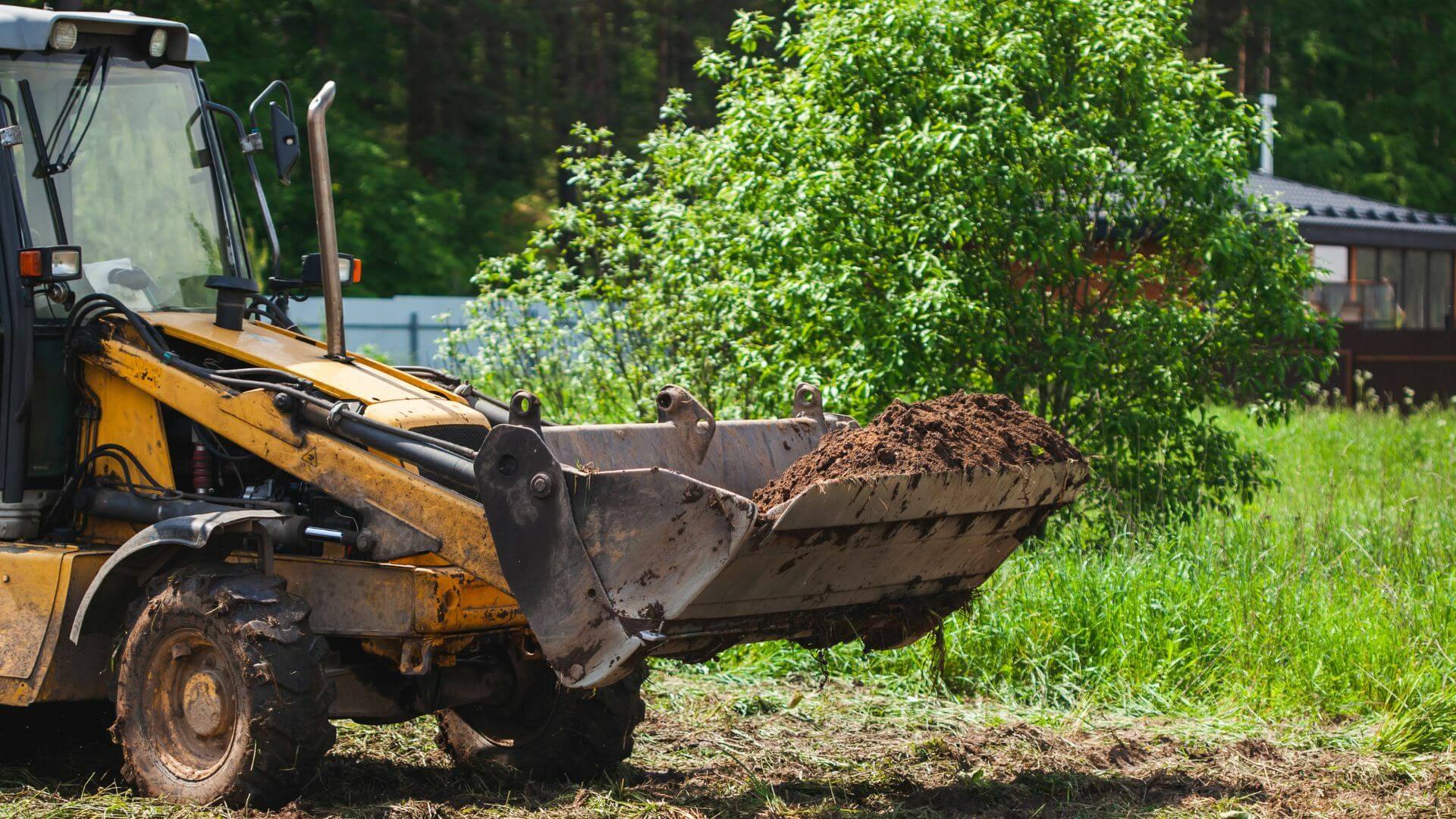Spring in Michigan doesn’t just mean fishing, planting, or dusting off your ATV. It’s also one of the best times of year to get your land ready for the market. If you’re thinking about listing your property this summer, prepping it now can make all the difference. First impressions matter. And when it comes to rural land—hunting, farming, recreational, or even just wide-open space—buyers want to see potential right away.
Getting your land in shape now means better photos, more buyer interest, and possibly even a quicker sale. Here’s how we help sellers across Michigan make their properties shine.
Why Spring is the Smart Time to Prep
 Timing is everything. Late spring offers a sweet spot. The snow is gone, the mud has mostly dried up, and the woods haven’t totally leafed out yet. You can still see the bones of the land—where trails go, how water drains, and where potential building spots are located.
Timing is everything. Late spring offers a sweet spot. The snow is gone, the mud has mostly dried up, and the woods haven’t totally leafed out yet. You can still see the bones of the land—where trails go, how water drains, and where potential building spots are located.
Buyers come out of hibernation too. Once Memorial Day rolls around, interest spikes. Prepping your land now puts you ahead of the summer rush.
Plus, Michigan’s wild greens start popping. The land looks alive. Photos taken in May and early June capture that fresh, vibrant energy that sells.
And let’s not forget—ticks, mosquitoes, and poison ivy haven’t yet hit their full summer stride. It’s just more pleasant to work now.
Clear the Clutter: Brush, Debris, and Deadfall
 Let’s be honest—after a long winter, most properties look a little rough. That’s normal. But buyers aren’t always the imaginative type. If they see piles of limbs, overgrown driveways, or junk scattered along the treeline, they’ll move on.
Let’s be honest—after a long winter, most properties look a little rough. That’s normal. But buyers aren’t always the imaginative type. If they see piles of limbs, overgrown driveways, or junk scattered along the treeline, they’ll move on.
Start with the basics. Remove any trash or scrap that’s visible. Pick up fallen branches. Knock down overgrown brush near entrances or open fields.
Focus especially on the entrance. That’s where the first impression gets made. If your gate is sagging, fix it. If the driveway has ruts, fill them. You’re setting the tone for the rest of the walk-through.
Got old tires, rusted-out implements, or a half-collapsed shed? Time to make the call—clean it up or haul it out.
Burn piles, fallen fence posts, and tangled wire all need to go. What’s obvious to you as “manageable” often reads to a buyer as “a lot of work.”
Boost the Curb Appeal—Yes, Even for Land
 Curb appeal isn’t just for houses. Land listings get judged in the first 30 seconds, too. Buyers want something that looks maintained, usable, and inviting.
Curb appeal isn’t just for houses. Land listings get judged in the first 30 seconds, too. Buyers want something that looks maintained, usable, and inviting.
Mow the edges. Clean up fence lines. Trim around any cabins, outbuildings, or food plots. Re-gravel the entry if it’s looking rough. A clean entrance sends a message—this land has been cared for.
Got a sign out front? Make sure it’s straight, legible, and not buried behind brush. A fresh coat of paint can do wonders.
Even a new lock or gate chain can give the impression that things are looked after. You don’t have to overdo it. Just show that it’s tidy and respected.
Take Care of the Features That Matter
 If your property has trails, make sure they’re walkable. Buyers want to tour the land—and they’re more likely to buy when they can easily explore it. Trim back anything overhanging. Remove fallen trees. Rake out ruts.
If your property has trails, make sure they’re walkable. Buyers want to tour the land—and they’re more likely to buy when they can easily explore it. Trim back anything overhanging. Remove fallen trees. Rake out ruts.
Cabins, barns, and sheds? They don’t need to be fancy, but they should be functional. Tighten up doors. Clear out cobwebs. Sweep the floors. If it smells like a musty raccoon den, buyers are going to bail.
Got hunting stands or blinds? Clean ‘em up. If they’re falling apart, consider removing them. They should add value—not raise questions.
Check utility boxes, old wells, or even outhouses. Label them clearly or clean them up. The fewer mysteries, the better.
Fix Drainage and Erosion Issues
 Spring is the perfect time to see where your land holds water. Take a walk after a rain. Look for low spots, soggy trails, and washed-out gullies. These are the things buyers worry about.
Spring is the perfect time to see where your land holds water. Take a walk after a rain. Look for low spots, soggy trails, and washed-out gullies. These are the things buyers worry about.
Don’t panic. Most drainage issues are fixable. Add some gravel here. Dig a shallow trench there. Sometimes all it takes is redirecting runoff from a trail into a patch of brush.
Showing buyers you’ve addressed these problems—or at least identified them—builds confidence.
Erosion’s another one. If you’ve got bare slopes, seed them. Plant a cover crop or lay down erosion mat. It shows you’re proactive.
Snap Killer Photos While the Land Looks Alive
 Photography sells land. Period.
Photography sells land. Period.
Once the grass greens up and the trees leaf out, you’re in the photo window. Early mornings and late afternoons give you the best light. Use a decent camera or hire a real estate photographer. Better yet, get some drone shots that show the layout.
Clean up your staging areas. If there’s a clearing, mow it. If you’ve got a ridge, climb up and get a wide-angle view.
You want photos that help buyers imagine being there. Let them see the trail winding through the hardwoods. The pond with ducks. The opening where the deer cross. Sell the story, not just the dirt.
Add wildlife cam photos or seasonal shots from last fall. Show what they’re getting into.
Create a Simple, Helpful Land Map
 Most land buyers want to know: What’s where?
Most land buyers want to know: What’s where?
Use a mapping tool like OnX Hunt, Google Earth, or HuntStand. Mark trails, stands, water features, entrances, and anything else worth noting.
Print it out or save it as a PDF. Add it to your listing. It helps buyers visualize the layout and shows you’ve taken the time to present the land right.
Bonus points if your map lines up with visible trail markers or signs on the property.
Gather the Paperwork Early
Before you list, get your documents in order.
Pull together your deed, legal description, and any surveys. Know your parcel boundaries. If there’s a conservation easement or utility right-of-way, disclose it early. Nothing spooks a buyer faster than uncertainty.
If you’ve done soil tests, had the timber evaluated, or gotten a perc test, include those. Even if they’re a few years old, they help.
Transparency builds trust.
List your tax parcel ID, zoning, and anything that’s been recorded with the county. The more info you give, the smoother things go.
Optional Improvements That Add Value
 You don’t have to spend a fortune. But small upgrades can go a long way.
You don’t have to spend a fortune. But small upgrades can go a long way.
Here are a few ideas:
- Seed a simple food plot
- Add or clean out a pond
- Repair a deer blind
- Mark boundaries with flagging tape or signs
- Put up a new gate or refinish the old one
- Capture trail cam photos to prove wildlife traffic
Even a weekend’s worth of work can make your property stand out.
You can also include a short write-up or “seller notes” document. Let people know the highlights. Brag a little. This is your pitch.
Timing Your Listing for Maximum Exposure
Late May through August is when buyers really start calling. Families are traveling, folks are planning fall hunts, and buyers want to get out and walk land while the weather’s good.
Prepping in spring puts you ahead of that curve. Listings with fresh photos and clean access get more attention.
If you list too late, you miss the window where the land looks its best. Don’t let that happen.
Final Thoughts: Put Your Best Foot Forward
Selling land isn’t about just throwing up a few photos and hoping for the best. It’s about showing buyers the value—and making it easy for them to see themselves using it.
When you prep your land in spring, you’re not just making it look nice. You’re telling a story. You’re showing that this isn’t just a piece of dirt—it’s an opportunity.
At Michigan Whitetail Properties, we specialize in helping landowners like you get the most out of their listings. Whether it’s hunting ground, farm acreage, or recreational parcels, we know what buyers are looking for—and how to make your property stand out.
Get in touch with our team today, and let’s get your Michigan land ready to shine this summer. We’ll help advise you on how to prep it, price it, and present it like pros.